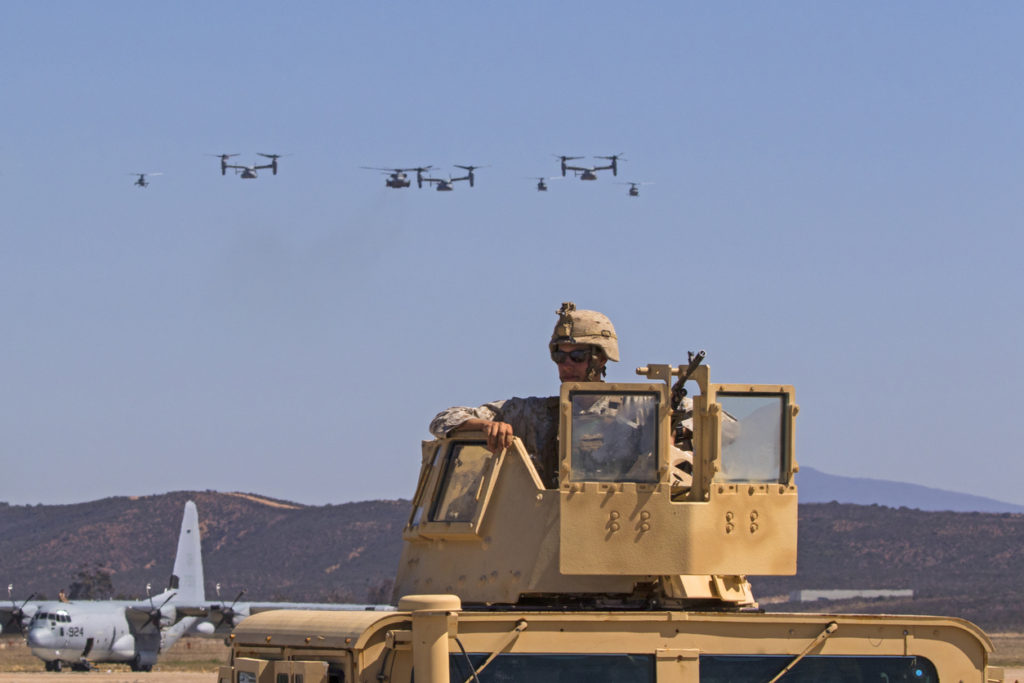In this second of two blogs, Barry Harris, senior advisor to Proelium Law LLP and commercial Drone expert, gives an introduction to this new asymmetric threat.
The so called Islamic State’s use of Drones has, so far, been comparatively crude. Beginning in August 2014, the group would attach an explosive device to a small Drone and try to land it near military positions, as happened in October of 2014 when a toy aircraft fitted with a device exploded as Kurdish fighters were examining it near the northern city of Irbil. Initially the terrorist group favoured small helicopter-like Drones with four rotors and sufficient lift to carry a small bomb – usually a light mortar shell or similar device with stabilising fins and a detonator fuse to explode on impact.
“The Islamic State Army has revealed its use of the unmanned aircraft weapon for the first time,” the group’s al-Naba newsletter said. The article went on to describe “aerial bombardment” of Iraqi forces and said, “most of the hits were precise, and inflicted losses in the ranks of the apostates.” Since then, the group’s social-media pages have carried videos showing strikes by Drone. Not all find their targets, but Drone attacks have become a credible threat, Iraqi news accounts show.
Terrorist weapons, tactics, and techniques evolve on battlefields. As Daesh and other terrorist groups suffer defeat on the battlefield, they will commute their fight to domestic terror attacks. So, yes, there is a conceivable asymmetric threat to contemporary society from Drone attack.
Targeting densely populated areas such as stadiums, parks, and concerts present civilian targets of a density that does not need the accuracy of attack to achieve success. Terrorists like to escape, and the use of a Drone as a delivery platform provides that ability. The use of Drones to provide aerial attacks without warning on soft targets will also create a significant psychological advantage and thus achieve a central goal of terrorism.
To defend against such a threat is complex but far from impossible. Denial of services such as electronic countermeasures on the Drone operating frequencies, and the local jamming of GPS reception could be effective. Physical capture of the Drone in-flight using net guns is a possibility. Designating “NO DRONE ZONES” will have a deterrent effect and physical defences such as covering nets that prevent Drones getting close enough to deliver a weapon might be effective.
Counter Drone security must become an essential part of law enforcement capability as the versatility of Drones will be exploited by people wishing to execute terror attacks. Active counter-Drone tactics, techniques, and procedures are essential for the safety of the population and will increasingly be seen to pervade our every day lives.
“The available evidence of IS UAV use is broadly limited to material released by the Islamic State or the various forces fighting against them. It is plausible that their use of COTS small UAVs is significantly higher than is widely recorded.”
Need advice?
If you’d like further information, or to discuss working with us, please get in touch







